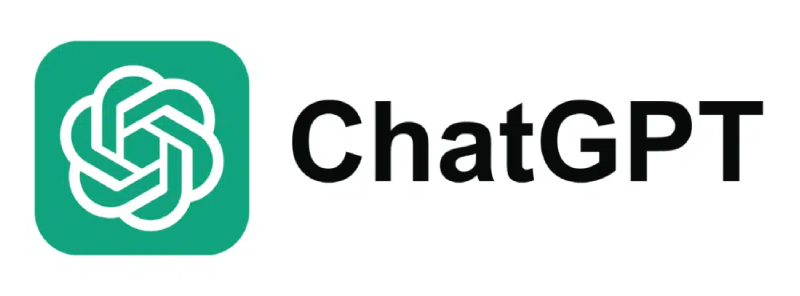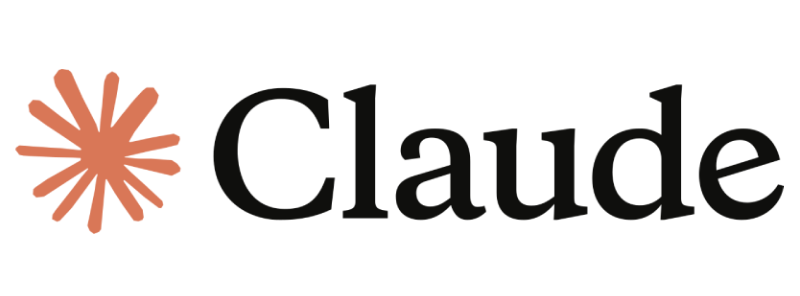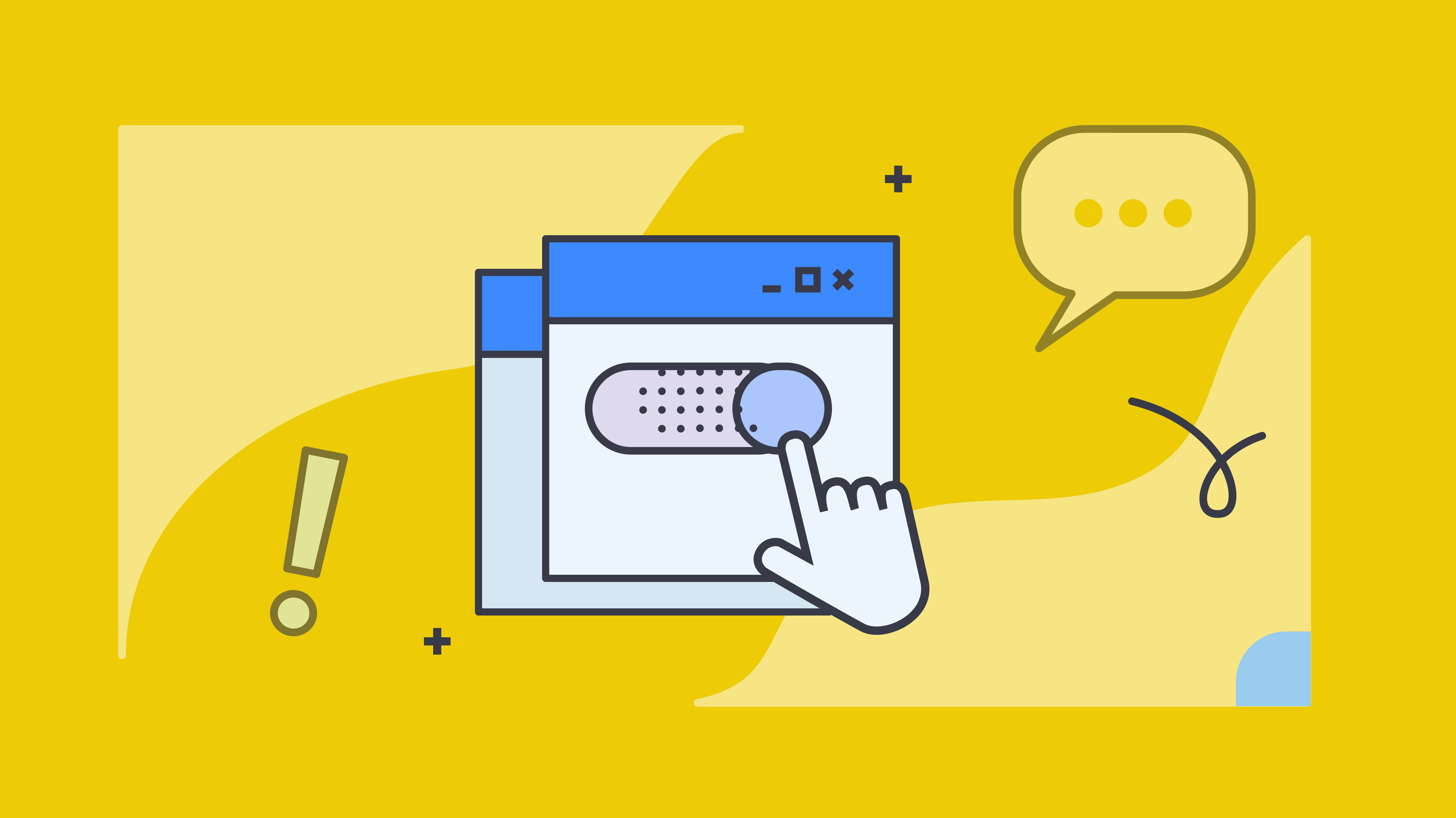Key takeaways
You’ve probably spent months (maybe even years) and a whole lot of coffee building your software.
It’s finally time to launch it. But before you do that, there’s one more critical thing you must do; protect what you’ve created from.
This is where you need an End-User License Agreement (EULA) that lays down the ground rules for how people can interact with your product, helping you mitigate risk, protect your software, and avoid any legal headaches down the road.
In this article, we’ll understand what are EULAs, their benefits, common clauses to include, challenges while creating, and how a tool like Docupilot can help,
What is an End-User License Agreement (EULA)?
An End-User License Agreement (EULA) is a legal contract between the software provider, typically SaaS companies, and the user, outlining the usage terms, duration, termination, etc.
It describes that users are granted a license to use, rather than the ownership of the software, and how the software can be accessed, shared, and modified. The purpose is to protect both the provider's intellectual property and the user's rights.
The EULA is usually presented to the customer during the installation process, account creation, or when first using the software or service. It may also be shown when there are updates or new versions, requiring the user to accept the terms before proceeding.
Typically, the EULA is accepted through a checkbox with a statement such as "I agree to the Terms and Conditions" or other relevant phrases.
In simple terms, think of it as a set of rules that come with using the software, similar to the terms of use when renting a car or leasing an apartment.
Why is an EULA important for businesses and users?
An End-User License Agreement (EULA) is beneficial for both businesses and users because it sets clear expectations and protects the interests of both parties.
Here’s how it helps businesses
- Legal protection against misuse: An EULA ensures that the company retains ownership of its software and intellectual property, reducing the risks of misuse, such as false ownership claims, software resales, or unauthorized modifications.
- Termination and dispute resolution: The agreement further provides a framework for handling disagreements and limits the company's liability by laying down conditions under which they can terminate licenses, such as payment defaults or term violations.
- Compliance: An EULA makes sure that the product is used in a way that complies with data privacy laws (like GDPR and CCPA), intellectual property regulations, and industry-specific standards.
Besides benefiting businesses, it also helps users in the following ways
- Clear terms and responsibilities: The agreement allows users to understand exactly what they're allowed to do with the software legally. It might also specify whether they can use the software commercially, share it with others, modify the code, etc.
- Setting expectations: An EULA provides clear specifications of the software such as the functionality and features, whether updates are included in the license, ongoing support, and the duration, so users know what to expect.
- Transparency: The license agreement gives users a transparent picture of how the software works, and what data may be collected, stored, and used. It also assures them that businesses follow specific regulations to protect their data.
Key Aspects of a EULA
A standard End-User License Agreement (EULA) typically includes the following common clauses, each with a specific purpose.
1. Grant of license
This is the main clause of every EULA specifying the user’s right to use the software, which is usually non-exclusive and non-transferable. It sometimes also defines the scope of usage, such as how many devices the software can be installed on and if it’s for personal or commercial use.
This is important to clarify that the user is only being granted the right to use the software under certain terms and conditions, rather than transferring ownership.
2. Restrictions on use
Restrictions on use clause outlines specific limitations on how the software can be used. These often include restrictions on modifying, redistributing, or reverse-engineering the software.
It ensures the software is used in a way that aligns with the provider’s intended purpose, protecting it from misuse and unauthorized exploitation.
3. Intellectual property rights
This clause establishes and protects ownership rights of all software components and intellectual property, including code, interface design, copyrights, patents, and other associated materials.
4. Support and maintenance
The support and maintenance clause outlines the level of support the user can expect, such as access to updates, bug fixes, and technical assistance. It also defines the duration for which support will be provided.
Such a clause helps set clear expectations for users and aligns both parties on the terms of service.
For instance, a design software may offer technical support for 12 months from the date of purchase. After this period, continued support will be available for an additional fee.
5. Warranty disclaimer and liability limitation
This clause explains what guarantees, if any, come with the software. It reduces the provider’s risk of legal claims for issues beyond their control and protects them from any responsibility in case the software does not work as intended.
Tip: Use language like "As is" to disclaim warranties and explicitly exclude liability for indirect damages or data loss.
6. Termination clauses
This clause describes the conditions under which the software provider can terminate the agreement, such as a violation of the terms or failure to make required payments. It also outlines the terms under which the user can request termination.
For example, an agreement may terminate automatically upon three consecutive missed payments.
7. Governing law and jurisdiction
This clause defines which legal system will govern the agreement and where any disputes will be resolved.
It may also specify the legal venue for disputes between the software provider and the user, making the legal proceedings predictable and manageable for the company.
Different Types of EULAs and How They Are Used
There are different types of EULAs, each designed for specific scenarios. While they differ in their execution, all of them are legally binding and create a clear understanding between the parties involved regarding the terms of use.
1. Software License Agreement
Software License Agreement is the most traditional form of EULA, typically used for downloadable or installed software applications.
These agreements are detailed legal documents that specifically regulate the use of software that resides on a user's device.
For example, when you purchase Microsoft Office, the Software License Agreement details how many computers you can install it on, whether you can use it commercially, and license acquisition details.

2. Terms of Service (ToS)
Terms of Service (ToS) are commonly used for web-based applications and cloud services, where users don't actually download or install software.
These agreements are broader in scope than traditional software licenses, covering not just usage rights but also acceptable behavior, data handling, and service availability.
For instance, Google Workspace's ToS covers how you can use their online tools, what content you can access, privacy policies, and service level agreements.
ToS agreements are often more flexible than traditional EULAs because they're frequently updated to reflect new features or changing service guidelines.

3. Clickwrap Agreements
These are the most common types of agreements. Clickwrap Agreements obtain user consent by requiring them to explicitly click "I Agree" or a similar button before accessing software or services.
These are legally binding contracts that have become the standard for both installed software and web services today.
For example, when you create an Apple ID, you must click through several screens of terms and agree to them before your account is created.

4. Shrinkwrap Licenses
Shrinkwrap Licenses are the oldest form of software licensing, named after the plastic shrink wrap that seals products and boxes.
These agreements state that opening the physical package is equivalent to the acceptance of the license terms. While less common in today's digital-first era, they're still used for physical software products and gaming consoles.
For instance, when you buy a brand-new video game, breaking the seal of the box implies acceptance of the creator’s licensing terms.
Challenges in Manually Customizing EULAs
It’s time to create your own EULAs, but as you go about drafting and manually customizing them, you’re bound to face some challenges. These may include
1. Issues with enforceability
When legal teams manually modify standard templates, they may include ambiguous terms or provisions that are difficult to enforce or even legally invalid in certain jurisdictions. Laws governing software licenses vary by country and region, requiring attention to detail and manual cross-checks when customizing EULAs for international markets.
A company selling software in both the EU and the US needs to ensure their EULAs comply with GDPR requirements for European customers while also meeting US state-specific regulations.
2. Adapting clauses to specific user needs or changes
EULAs are not one-size-fits-all documents. You may need to change its terms based on the type of user or the service being offered. For example, a company might have separate EULAs for Enterprise and SMB plans.
Furthermore, as laws and regulations change, you will have to continuously update the EULAs to remain compliant, making the process resource-intensive.
3. Risk of human errors and delays
Manual customization of EULAs is prone to human errors that can have serious consequences. Something as simple as a misplaced comma, incorrect date, or inconsistent wording can create legal vulnerabilities or loopholes.
For example, a misspelling of a term like "intellectual property" as "intellectual propriety" can change the legal scope of rights.
The manual process can also cause delays in product launches, updates, or legal compliance.
4. Difficulty integrating feedback
Customizing an EULA document manually often involves multiple stakeholders (legal teams, product managers, and other departments).
When these teams provide feedback on specific clauses, integrating it while maintaining consistency across the entire document and other versions gets difficult.
Each iteration may require approvals from multiple parties, leading to long delays. Plus, correctly keeping track of previous EULA versions for future reference can add to the complexities.
Now, there are solutions out there that can help dodge these challenges. Document automation tools simplify the process of creating, updating, managing, and sharing EULAs.
They reduce the risk of human error, maintain legal compliance, and speed up the customization process, allowing you to launch products and updates quickly and accurately.
How Docupilot Helps with EULA Creation and Management
Docupilot is an intuitive, flexible, and affordable document automation software that automates the end-to-end process of creating and sharing the EULAs.
The tool is thoughtfully built to generate consistent, error-free documents quickly and solves all the challenges of manual EULA customization.
Here’s an overview of how Docupilot does it
1. Simplified document automation for creating customized EULAs
Docupilot’s document creation workflows reduce the manual effort by linking data from your CRM, online forms, databases, and other systems to automatically populate EULAs with relevant information, such as user details or subscription plans.
This way, unique EULAs are created for individual users while maintaining consistency and accuracy across documents. Plus, with integrations through Zapier and API, you can build a smooth ecosystem to automate EULA generation, approval, and distribution.
2. Collaboration features to ensure all stakeholders can contribute effectively
The tool makes it easy for your team to collaborate on EULA creation, editing, and management. With real-time updates, role-based access controls, and the ability to invite team members, everyone can contribute effectively.
Whether it’s designing a template, providing feedback, or making revisions, Docupilot helps your team work faster and more productively. This speeds up the entire process and improves the quality of your EULAs.
3. Pre-designed templates for quick setup and deployment
To quickly set up and deploy your EULAs without starting from scratch, Docupilot offers pre-made document templates.
You can also customize your EULA template with Docupilot’s WYSIWYG editor, which allows you to create and style templates easily. Upload existing PDFs or write your templates directly in Word, PowerPoint, or Excel, then import them into the platform.
Its dynamic features like variables, conditional statements, loops, and tables, make each EULA personalized and flexible.
4. Automated updates for compliance with legal standards
Using Docupilot, you can create workflows that automatically update important aspects such as clauses, dates, and terms to ensure they remain in line with the latest regulations.
By configuring merge fields, you can populate information like client names, dates, and other relevant clauses, so that every document is accurate and always legally compliant. This saves you time and reduces the risk of legal issues.
Protect Your Software with Customized EULAs
You’re just a step away from protecting your software.
An End-User License Agreement is not just a legal requirement but is important for protecting intellectual property, managing user expectations, and maintaining compliance.
While it might seem easy to send the same contract to everyone, remember that EULAs are dynamic and need changes based on the client you’re sending to.
Keep key clauses in mind and make sure you choose the right type of EULA before you begin. With smart tools like Docupilot, you can create, update, and manage different EULAs in minutes, not days.
So, don’t let the complexity of EULAs hold you back, automate the process and take control. See how Docupilot works with a quick demo.
Frequently Asked Questions
Q. How do I create a legally binding EULA?
To create a legally binding EULA, make sure it's clear, covers essential terms, and requires users to actively agree (e.g., clicking an "I Agree" button). A legal review is also recommended.
Q. What happens if someone violates an EULA?
Violating an EULA can result in account termination, legal action, or penalties depending on the breach.
Q. Can an EULA be modified after acceptance?
Yes, an EULA can be modified after acceptance, but the user must be notified of any changes, and their continued use of the software typically signals acceptance of the new terms.


















